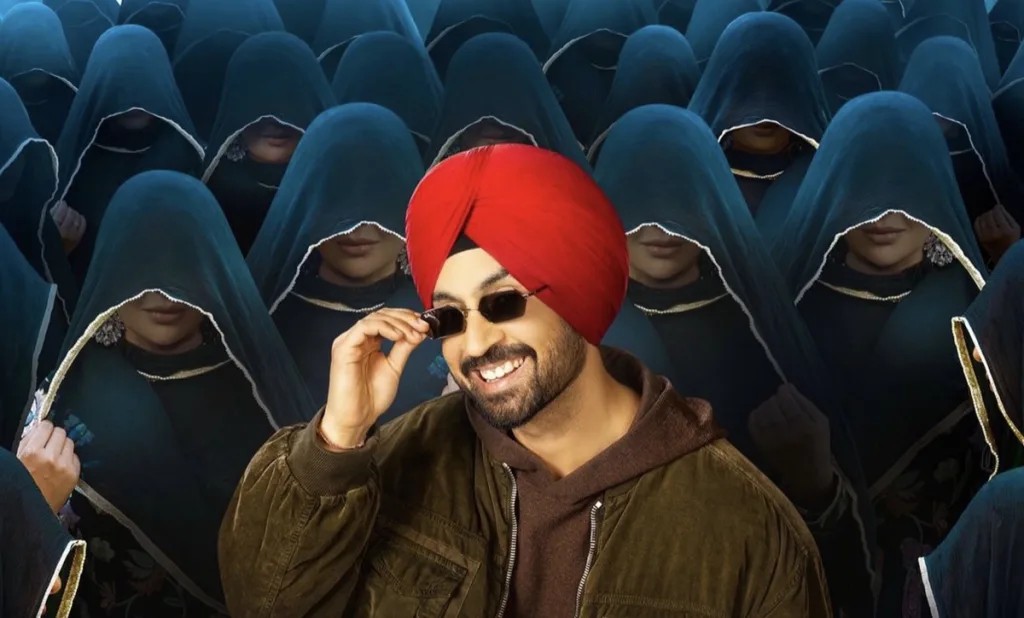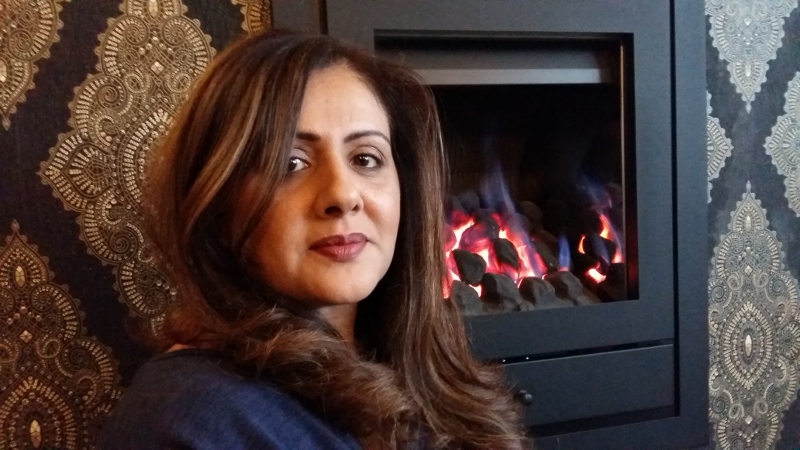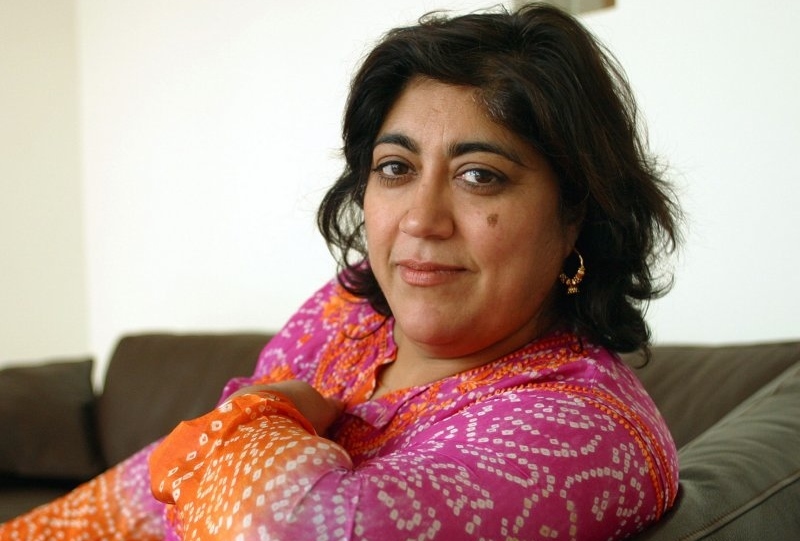
Diljit Dosanjh is no stranger to making history. Whether it’s filling stadiums across the globe or becoming the first Indian artist to headline ‘Coachella’, the multi-talented Punjabi star continues to redefine boundaries in entertainment.
His latest film, ‘Sardaar Ji 3’, became an international box office triumph, but audiences in India won’t be seeing it anytime soon. The horror-comedy, which hit global screens on 27th June, has already earned over $7 million worldwide.
In Pakistan, it’s become the highest-grossing Indian film of all time, taking in $1.4 million. Yet, back in India, Dosanjh’s home turf, the film has been effectively barred from release.
At the centre of the dispute is the casting of Pakistani actress Hania Aamir, who stars alongside Dosanjh and his long-time co-star Neeru Bajwa.
While cross-border projects once symbolised South Asian unity, growing hostilities between India and Pakistan have made such collaborations politically volatile.
The timing hasn’t helped. Just weeks before the trailer launch, a deadly attack in Indian-administered Kashmir killed 26 people, including 25 tourists. India placed the blame on Pakistan, who denied the accusations. The diplomatic fallout was swift: digital bans on Pakistani entertainment, restrictions on artists, and tighter controls on cross-border media content.
India’s Central Board of Film Certification (CBFC) has yet to grant ‘Sardaar Ji 3’ approval for release. The film’s trailer has been geo-blocked within the country, and while the teaser and soundtrack are still viewable, Hania Aamir’s scenes have been cut from official Indian platforms.
According to reports, on 8th May the Ministry of Information and Broadcasting issued an order instructing streaming platforms to remove all Pakistani-origin content, i.e. films, music, web series, from their platforms. In addition, 16 Pakistani YouTube channels, including major news networks like Geo News and ARY News, were banned for allegedly spreading “anti-India propaganda”.
Tensions between India and Pakistan over cultural exchange are nothing new. But under the current BJP government, these restrictions have intensified.
Film organisations such as the Federation of Western India Cine Employees (FWICE) and the All Indian Cine Workers Association (AICWA) have denounced Dosanjh, branding his work with a Pakistani co-star a “betrayal of the nation” and calling for a full industry boycott.
Dosanjh, however, maintains the film was made long before the latest political flare-up.
“At the time of shooting, everything was normal. Afterwards, things changed in ways we couldn’t have predicted,” he told the BBC Asian Network.
He explained that the decision not to release the film in India was taken by producers, citing financial and political risks. “They’ve invested heavily in the film. No one foresaw this kind of backlash during production,” he said.
This isn’t Dosanjh’s first run-in with Indian censorship.
His earlier film Panjab ’95, based on human rights activist Jaswant Singh Khalra, is still unreleased due to demands for over 120 edits, including the removal of political references and even the lead character’s name.
Director Honey Trehan criticised the CBFC’s handling of the case states the board should be autonomous, but the Indian government is using it to push its own agenda.
The irony is glaring. As Dosanjh promoted ‘Sardaar Ji 3’ in sold-out venues across the UK, Canada, and Pakistan, his Indian fans remain unable to legally access it.
Despite a shared language, culture, and cinematic tradition, especially in Punjab, political boundaries continue to deepen.
Nevertheless, Pakistani TV shows and music continue to thrive among Indian audiences through unofficial channels. And artists from both sides often find discreet ways to collaborate, be it through filming abroad or using aliases.















